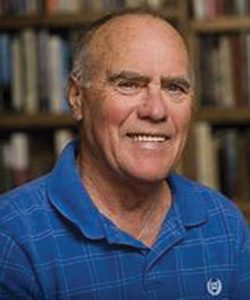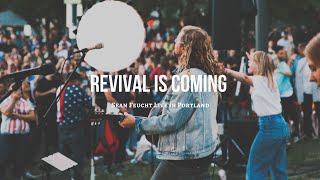By Roger Barbee
“Come and See” (one year ago)
Philip spoke the above three words to answer a question by Nathanael who when told of the presence of Jesus of Nazareth asks, “Can there any good thing come out of Nazareth?” This is, on the surface, a fair question since the poor village of Nazareth was known for the Roman garrison, the despised rulers of the Jews, that was stationed there. Is Nathanael prejudice or realistic?
In Latin any foreign person was labelled barbarus, and the Greek word for any person who did not speak the cultured language was barbarous. Nathanael, a learned Jew, expressed the prejudice of his culture: Nazareth was a crude and barbaric village.
Later in the Gospel of John, we are told of Jesus and the Samaritan woman at the well. The hate between the Jews and Samaritans was palatable. But we are given this story and the parable of the Good Samaritan. More prejudice.
Recently, in Chicago, a well-known comedian and actor attempted to use our prejudices against President Trump supporters, blacks, and homosexuals to gain some kind of pathetic support for him and his floundering career.
A few days ago the main building of the historic (civil rights) Highlander School in Tennessee was burned. A “white power” symbol was painted in the parking lot of the destroyed building.
In the just published April 1 Washington Post Magazine, is an article about the 1975 disappearance of the Lyon sisters from a Wheaton, Md. shopping center. In the article the writer Mark Bowden describes members of the Welch family, who were involved in the horrific rape and murder of the sisters as, “the clan”; coming from “mountain-hollow ways”; as having a “suspicion of outsiders”, “an unruly contempt for authority of any kind”, “a knee-jerk resort to violence;” and “Most shocking were its [Welch family] sexual practices. Incest was notorious in the families of the hollers of Appalachia,…”
One last example. . A recent film is being touted as a “must see” for people who support abortion. All and well. However, way back in 1975-’76, the surgeon Richard Selzer wrote the essay “What I Saw at the Abortion: The doctor observed, the man saw.” A simple internet search will bring up the essay. Read it but pay attention to its sub-title before you do.
In none of the above examples of prejudice, except the first, is the invitation to “Come and see” what is spoken against. Those three words carry power. They place the cure for prejudice on the pre-judging person. What would happen if the pre-judger sat with the woman at the well and heard her story? Can the hating burners of the Highland School not learn from its historical involvement in the civil rights movement? A talk with supporters of President Trump probably will reveal that they, too, have their humanity and its inherent struggles. Let people who see themselves burdened with an unwanted pregnancy read what the man Richard Selzer saw while watching his first abortion.
“Come and see,” Philip says as he invites a fellow seeker to examine his own mis-conceptions. Prejudice is real and comes in many colors and forms. But all is an evil that need not exist, if we all “Come and see.”







